The Arctic's frozen soils have long served as Earth's deep freezer, locking away vast amounts of carbon accumulated over millennia. But as global temperatures rise at unprecedented rates, this once-stable carbon reservoir is beginning to thaw, releasing greenhouse gases that could dramatically accelerate climate change. Scientists are racing to understand the complex feedback loops triggered by permafrost degradation, a process that may already be irreversible in some regions.
Permafrost covers nearly a quarter of the Northern Hemisphere's land area, storing an estimated 1,500 billion tons of organic carbon - roughly twice the amount currently in the atmosphere. This carbon-rich soil remains frozen year-round in Arctic and sub-Arctic regions, where temperatures have been increasing at three times the global average. The accelerated warming is causing the uppermost layers of permafrost, known as the active layer, to thaw more deeply during summer months.
The thawing process exposes ancient organic matter to microbial decomposition, which produces either carbon dioxide or methane depending on environmental conditions. Methane is particularly concerning as it has 28 times the warming potential of CO2 over a 100-year period. Wetland areas formed by thawing permafrost, called thermokarst, often become significant methane emitters as standing water creates oxygen-free conditions ideal for methane-producing microbes.
Recent field studies in Siberia and Alaska have documented alarming rates of carbon release from thawing permafrost. In some areas, the ground surface is collapsing as ice wedges melt, forming gullies that expose deeper soil layers to rapid decomposition. These physical changes are occurring decades earlier than climate models had predicted, suggesting that previous estimates of permafrost carbon feedback may have been too conservative.
The carbon release isn't happening uniformly across Arctic regions. Differences in soil composition, ice content, and vegetation cover create complex patterns of emissions. Areas with high ice content tend to experience more dramatic physical changes when thawed, while peaty soils release more methane. Scientists are using a combination of ground measurements, aerial surveys, and satellite observations to map these variations and improve climate models.
One particularly troubling discovery involves the potential for abrupt thaws, where certain types of ice-rich permafrost can degrade rapidly over just a few years rather than the gradual thaw previously assumed. These sudden changes can completely transform landscapes, turning frozen tundra into marshy wetlands or even shallow lakes. Such rapid transformations make it difficult for ecosystems to adapt and can trigger massive carbon releases in short time periods.
The microbial activity driving carbon emissions doesn't stop when winter returns. Researchers have found significant CO2 production continues beneath snowpack in many areas, challenging the assumption that cold temperatures effectively pause decomposition. Winter emissions may account for a substantial portion of annual carbon release from permafrost regions, yet they've been systematically underestimated in most climate models.
Compounding the problem, thawing permafrost often leads to vegetation changes that can either mitigate or exacerbate carbon loss. Shrubs are expanding northward into tundra areas, which could potentially offset some emissions through increased carbon uptake. However, in many cases the rate of carbon release from soils far exceeds what new vegetation can absorb. Additionally, more frequent Arctic wildfires are burning away protective vegetation layers, exposing underlying permafrost to faster thaw.
The implications for global climate targets are profound. Current pledges under the Paris Agreement don't fully account for permafrost carbon feedbacks, which could consume a significant portion of our remaining carbon budget. Some researchers estimate that by 2100, permafrost emissions could add the equivalent of another industrialized country's worth of greenhouse gases to the atmosphere each year.
Attempts to mitigate permafrost thaw include experimental approaches like rewilding with large herbivores to compact snow and insulate the ground, or using reflective geoengineering techniques to cool surface temperatures. However, these local solutions face practical challenges when scaled across the vast Arctic region. The most effective approach remains rapid reduction of global greenhouse gas emissions to slow the rate of Arctic warming.
Indigenous communities across the Arctic are already experiencing the consequences of thawing permafrost firsthand. Buildings and infrastructure are collapsing as the ground beneath them becomes unstable. Traditional hunting routes and food storage methods are being disrupted. These frontline communities are working with scientists to document changes and develop adaptation strategies, blending traditional knowledge with modern science.
As research continues, scientists emphasize that while some permafrost thaw is now inevitable, the scale of future carbon releases still depends largely on human emissions pathways. The difference between moderate and high emissions scenarios could determine whether permafrost carbon becomes a manageable feedback or a major climate tipping point. What happens in the Arctic won't stay in the Arctic - the fate of frozen carbon has global consequences for generations to come.
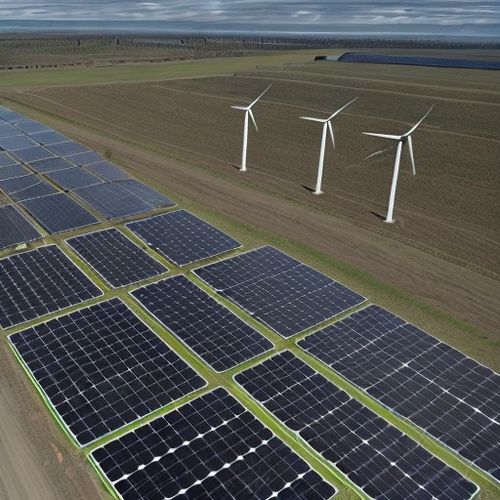
By Megan Clark/Apr 19, 2025
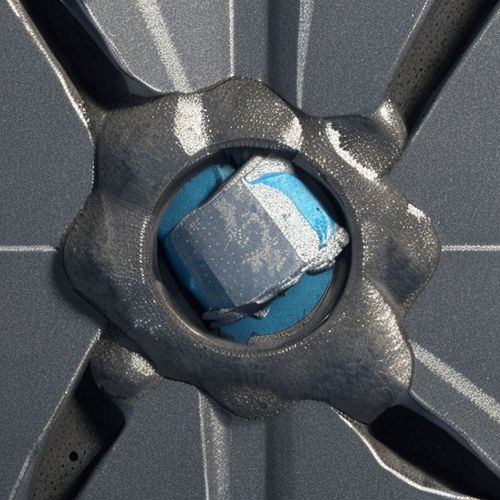
By Thomas Roberts/Apr 19, 2025
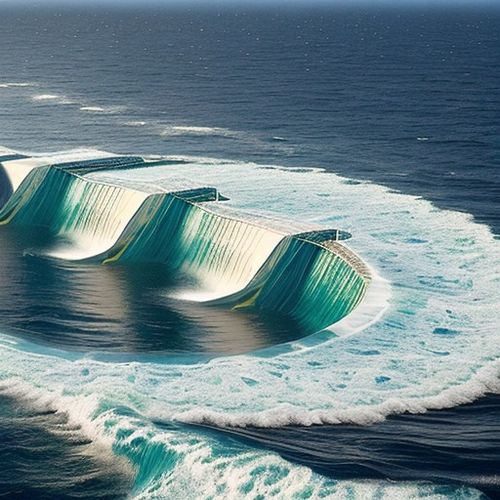
By Thomas Roberts/Apr 19, 2025

By Emily Johnson/Apr 19, 2025

By Samuel Cooper/Apr 19, 2025

By Samuel Cooper/Apr 19, 2025
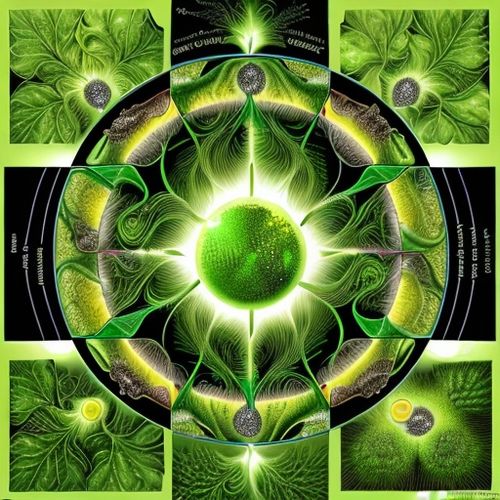
By George Bailey/Apr 19, 2025

By Joshua Howard/Apr 19, 2025
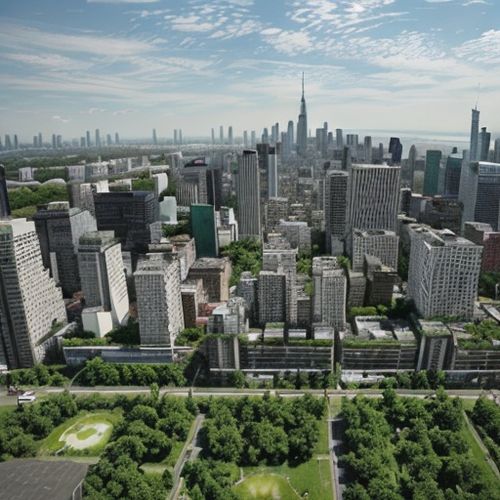
By William Miller/Apr 19, 2025
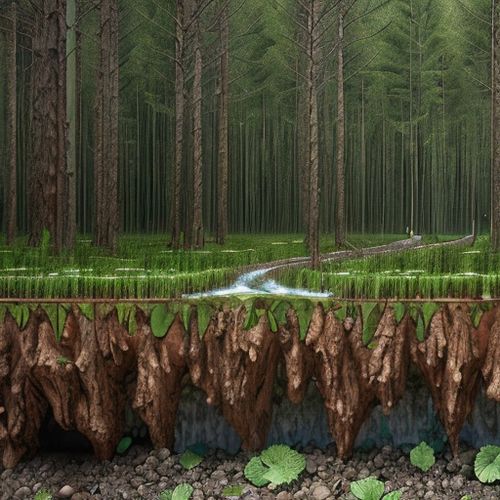
By Emily Johnson/Apr 19, 2025
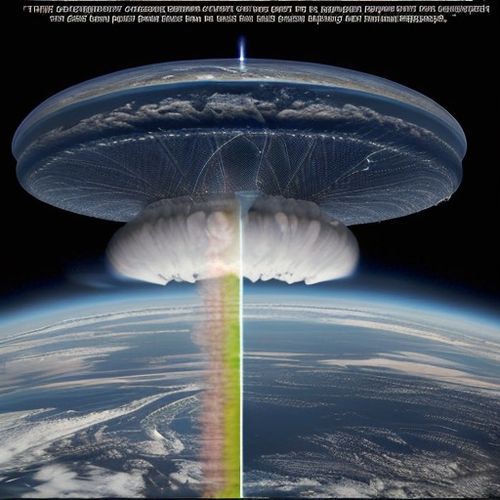
By William Miller/Apr 19, 2025
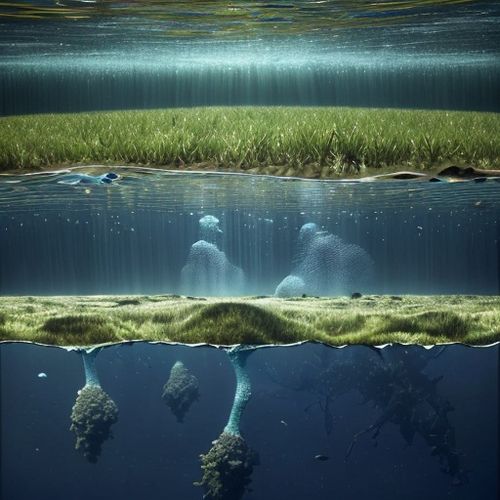
By James Moore/Apr 19, 2025
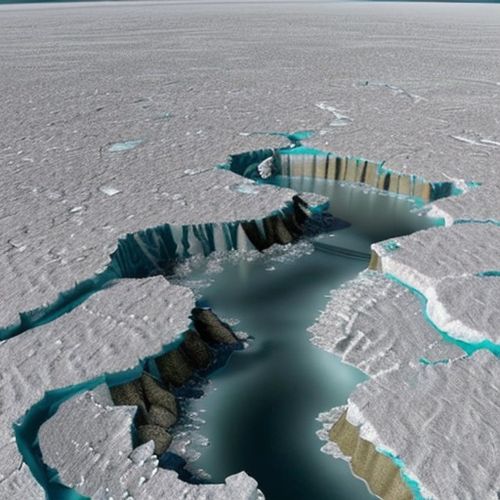
By Joshua Howard/Apr 19, 2025
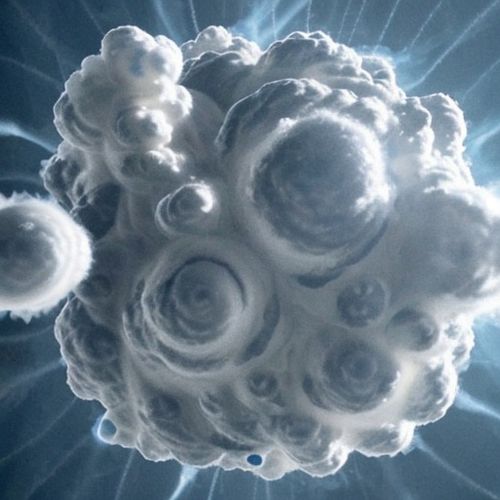
By William Miller/Apr 19, 2025
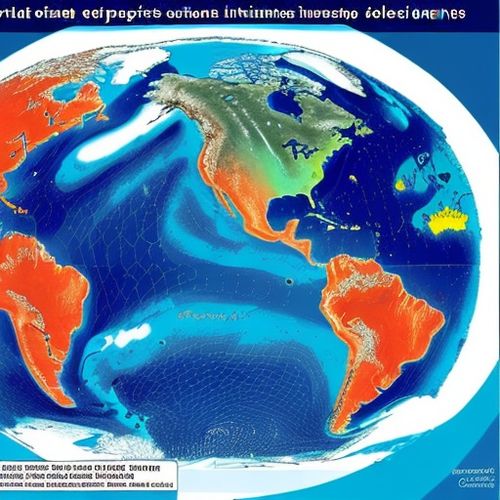
By James Moore/Apr 19, 2025

By Elizabeth Taylor/Apr 19, 2025
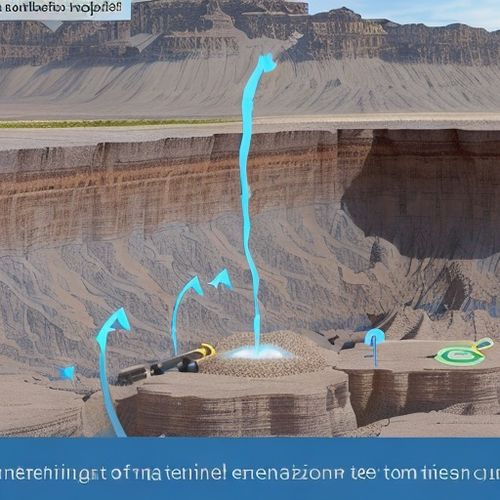
By Grace Cox/Apr 19, 2025
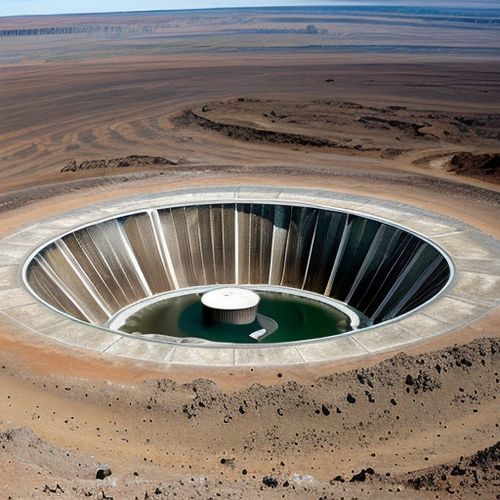
By Grace Cox/Apr 19, 2025
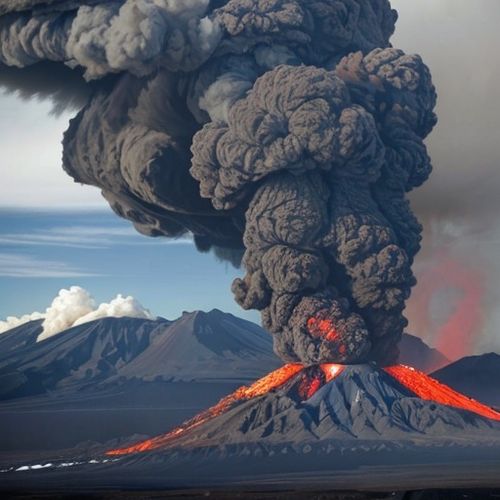
By Joshua Howard/Apr 19, 2025

By David Anderson/Apr 19, 2025